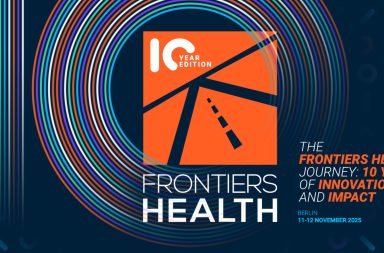On May 12, 2025, American President Trump signed an executive order titled “Delivering Most-Favored-Nation Prescription Drug Pricing to American Patients.”
This order aims to reduce prescription drug prices in the United States by ensuring Americans pay the lowest possible pharmaceutical prices, comparable to those in other developed countries.
Key Points of the Executive Order:
- Purpose: The order addresses the imbalance where Americans pay significantly higher prices for the same medications than patients in other countries. It mandates that drug manufacturers offer the most-favored-nation price to American consumers, which is the lowest price available globally.
- Policy: Americans should not subsidize lower drug prices in other countries and face overcharges for the same products in the United States. The administration will take immediate steps to end global freeloading and ensure fair pricing for American patients.
- Addressing Foreign Nations: The Secretary of Commerce and the United States Trade Representative are directed to take action against foreign countries that engage in practices leading to unfair pricing for American patients. This includes evaluating whether any foreign drug pricing policies represent a threat to the American people.
- Direct-to-Consumer Sales: The Secretary of Health and Human Services will facilitate direct-to-consumer purchasing programs for pharmaceutical companies to sell medications at most-favored-nation prices. Within 30 days, the Secretary will communicate price targets to pharmaceutical manufacturers to align prices for American patients with those in comparably developed nations.
- Penalties for Non-Compliance: Companies that fail to provide most-favored-nation pricing may face penalties, including potential tariff implications and actions by the FDA to revoke approvals.
This executive order is part of a broader effort to end what the administration describes as “global freeloading” on American-funded pharmaceutical innovation. The order emphasizes that Americans should not subsidize lower drug prices in other countries and calls for immediate steps to ensure fair pricing for American patients.
Potential Challenges
The executive order faces several challenges, including legal and regulatory hurdles, potential international trade disputes, resistance from the pharmaceutical industry, economic impacts on drug company profits and investment in research, and administrative challenges for the Department of Health and Human Services.
Insurance companies may benefit from lower drug prices, leading to reduced reimbursement rates for prescription medications, but there is a risk that drug availability in the U.S. could be limited if manufacturers are forced to lower prices significantly.
Implications for patients
The executive order could lead to lower drug prices and increased affordability for patients. However, there are concerns about potential drug availability issues if manufacturers limit supplies.
Reduced profits for pharmaceutical companies might impact future research and development, potentially affecting innovation. Insurers may revise their formularies based on the new pricing structures, which could affect coverage for medications.
The order also includes provisions for direct-to-consumer purchasing programs, which could change how patients obtain their medications. Patients with chronic conditions could benefit from lower drug prices, potentially improving adherence to treatment plans and overall health outcomes.
Source:



